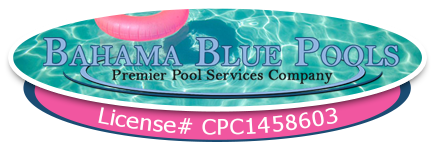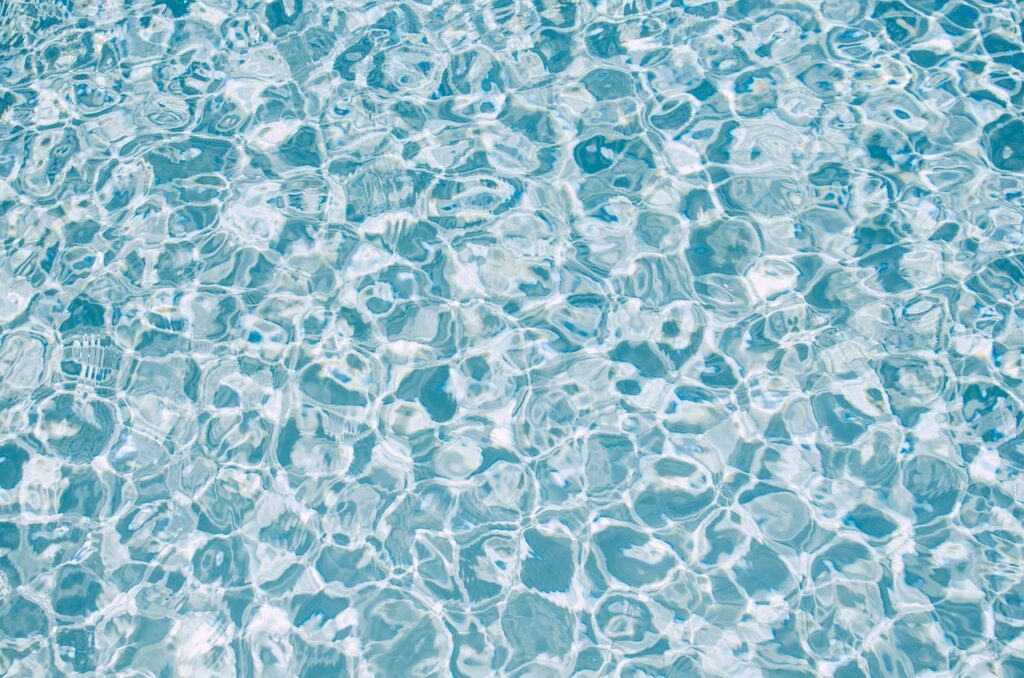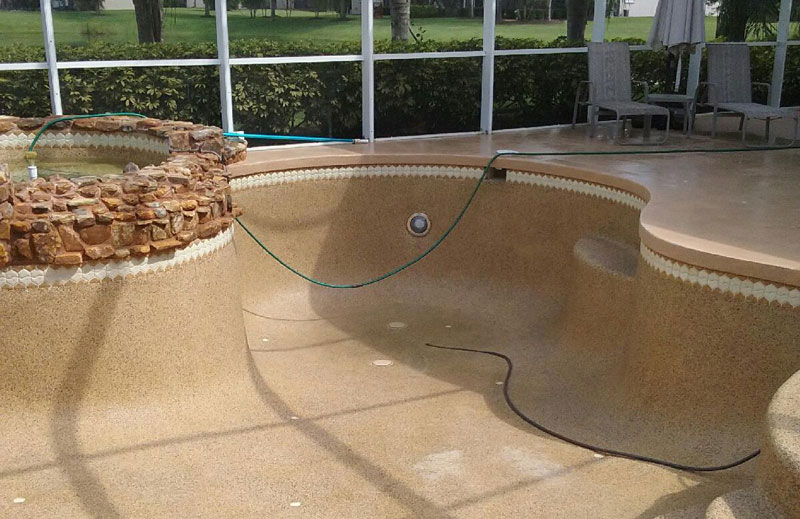So you think you might need to balance your pool’s chemicals. Of course, if you’re in southwest Florida, Bahama Blue’s pool experts are just around the corner to help you out.
But if you’re in between maintenance visits or just in the mood for a little pool maintenance DIY, we’ve got some tips for you.
We’ve discussed the complexities of pool chemistry in the past. But you don’t need to get too far into the science of things to get your pool into swimming shape.
Make Sure Your Water Level is Right
First, make sure you have the right amount of water in your pool. If you add chemicals and .then. try to add water, you’re going to dilute your chemicals and they won’t be as effective. The water level should be at least halfway up your pool’s skimmer.
Turn on Your Pump
Your water needs to be circulating in order to give you a proper reading on the chemical levels. The pump will also make sure any chemicals you add will be distributed evenly throughout the water.
Test Your Water
After the pump has been running for about an hour, it’s time to use that handy at-home water-testing kit to determine your chemical levels.
Bonus points if you keep track of your results in a journal or log book. Over time, you’ll be able to see trends in your chemical levels. Then you can be even more proactive with your maintenance.
Add Your Chemicals
Your test will tell you what chemicals your pool is low on. Follow instructions and wear safety equipment as needed! The instructions will tell you in what order to add the chemicals to the pool. Do not try to dilute the chemicals beforehand, and DO NOT mix chemicals before adding them to the water.
You should address your pool’s chemical balance in the following order:
- Total alkalinity (TA)
- PH
- Calcium hardness
- Chlorine
- Cyanuric acid
- Total dissolved solids (TDS)
If all of this seems like a lot, and you’re questioning your decision to manage your own chemicals, never fear! That’s what Bahama Blue is here for. And please don’t hesitate to give us a call if you have any questions.


